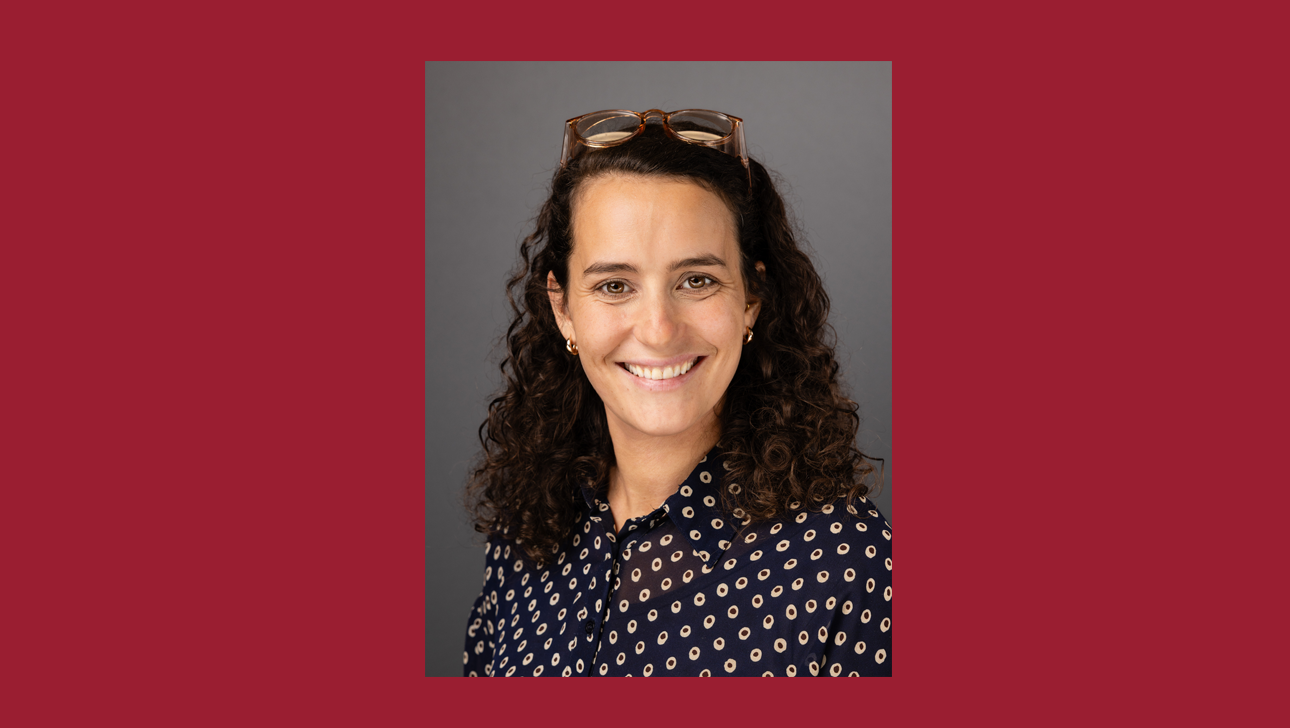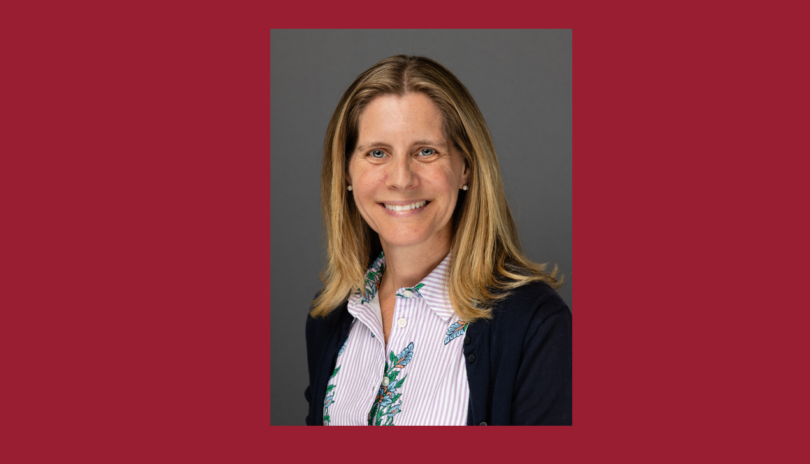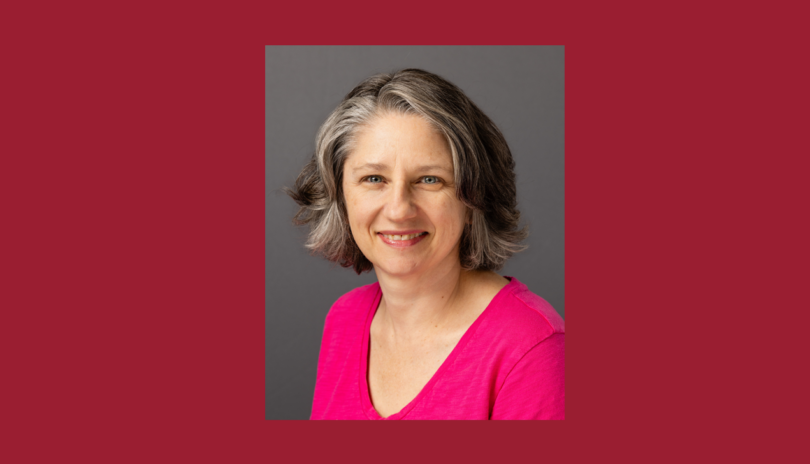For those who are not engaged in a creative practice, artistry is often thought of as an innate talent only held by others or something that is unattainable for them. And so it goes for many areas of study— what we don’t give ourselves the chance to do, we simply cannot do. I have been confronting this phenomenon during my 12-year career as an Art Educator, but it has bubbled up in a new way now that I am Director of Arts at DCD. As I attend Admissions events, facilitate assemblies, and lead Arts Department meetings, I am constantly considering ways in which I can be an effective and relatable advocate for the Arts, and I find myself coming full circle to the reason I became an Art Educator. This winter, as our Arts Department faculty exchanges stories about each of our paths to becoming educators, and as we conclude our first successful Faculty and Staff Gallery Week highlighting the ‘hidden’ talents of so many of our community members, it seems fitting to share a piece of my story with the broader community.
Though there are myriad reasons and life events that brought me to Art Education, it really all started with noticing people who, when looking at my art or the art of my peers, would say— “I could never do that”— a seemingly natural and kind, but deeply concerning reaction to a thing of beauty. I specifically remember being a fifteen year-old in a study abroad program perched in the same spot at the same time every day for over a week on the La Rambla in Barcelona, working arduously on a series of architectural drawings. Folks started amassing around me to watch me draw. It was a mind-blowing and frankly, confusing realization that these strangers were even interested enough in my work to watch me, let alone offer me money for it. Yet more often than not, that offer also came with the sentiment that at least part of the reason my work was valuable was because they felt they could never do it themselves. This felt unfair, inequitable, and although the opposite was intended, it stigmatized artists. If I could point to one moment that started it all, it was this moment on La Rambla in Barcelona. This was the seed that prompted me to wonder about Art’s role in the human experience. I thought, why does the discipline of Art still feel so inaccessible for so many people? Where did this idea of Art with a capital “A” start and how does it differ from just making things? How can I share the life-changing impact of the artistic journey with others and expose all aspects of it rather than just the final outcomes?
As I moved along through college and graduate school and began to realize my artist-self, more stigmas and stereotypes presented themselves. The classic: “You’ll never be able to make a living as an artist,” or “Wow, teaching Art to kids sounds like so much fun!” (as if it somehow shirks the challenges inherent in teaching other subject areas), or the constant pressure from the double standard of being both a successful full-time artist and a full-time teacher. Are we asking teachers in other disciplines, for example Science and Math teachers, about their research? It’s also important to note that it wasn’t until I was well into my 20’s that I was comfortable calling myself an artist at all, further proving the deep-seated nature of the ‘othering’ of artists with a capital “A.” These firsthand experiences, observations and the reflections that culminated from them fueled me to believe that Art is not something that can be approached lightly in our education system, and it is most definitely not an accessory to other areas of study. It is a matrix through which we can approach any discipline, it is an immensely empowering way of approaching our surroundings with curiosity and a pathway through which we can continually enrich our own development.
The practicing of Art, as is true with Athletics and Academics, is an inherent part of being human (going back 40,000+ years to the cave paintings in Indonesia). As I remember realizing in graduate school, creating things with our hands is as important for every human’s neurological and physiological health as eating, breathing, and sleeping. Famous dancer Martha Graham once said that it is our responsibility to keep our creative “channel” open (see quote at the end of this article, it is one of my favorites). Our society is at the point where the majority of us would likely agree that working out for 30 minutes a day is beneficial for our health, yet there is a palpable lack of understanding that even just 10 minutes a day of engaging in a creative endeavor can be completely transformative. The scientific evidence is insurmountable, and if you have not yet read Susan Magsamen’s Your Brain on Art or looked at the book’s engaging website, I highly recommend it. Yet this is not a new concept, and from John Dewey to Maxine Greene, we have long known about the power of the Arts for learners of all ages. Children inherently know about the value of the Arts and demonstrate that in their willingness to unabashedly explore a broad array of media and art forms. It is only as adults that our self-consciousness and societal perceptions get in our way.
Yet the goal of this piece is not to simply share my own story or my biased opinion as an Art Educator. This is a call to action. My sincere hope is that you consider how these concepts relate to you and to our students at DCD, and therefore, to our entire community. As Maxine Greene said, “A teacher in search of their own freedom may be the only kind of teacher who can arouse a young person to go in search of their own.” I would argue the same is true for not just teachers but for all of us, and I know creativity to be a form of freedom that is accessible to all. May this brief read offer you some motivation to find a daily, weekly or monthly creative practice that you can engage with. No matter how small and no matter what medium (there are too many art forms to make any excuses!) I hope you can find the form of creativity that calls to you— or try as many as you can until you do— the only requirements are to engage your mind and body in the work and to be creating something that has not yet existed. Keep the channel open. If not for your own health and well-being, for the health and well-being of those around you. With all that is going on in the world in 2025, join me in engaging in creativity as one of the most impactful and tangible ways that each of us can be a leader in making positive change.
“There is a vitality, a life force, a quickening that is translated through you into action, and there is only one of you in all time, this expression is unique, and if you block it, it will never exist through any other medium; and be lost. The world will not have it. It is not your business to determine how good it is, not how it compares with other expression. It is your business to keep it yours clearly and directly, to keep the channel open. You do not even have to believe in yourself or your work. You have to keep open and aware directly to the urges that motivate you. Keep the channel open. No artist is pleased. There is no satisfaction whatever at any time. There is only a queer, divine dissatisfaction, a blessed unrest that keeps us marching and makes us more alive than the others.” –Martha Graham
Written by: Becca Levi | Director of Arts & Woodshop Teacher







